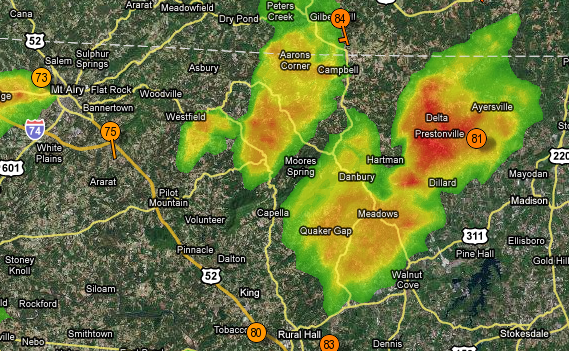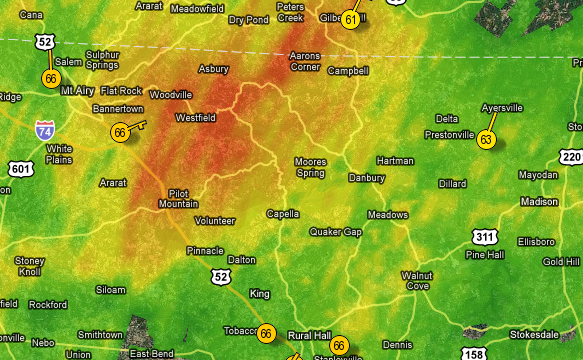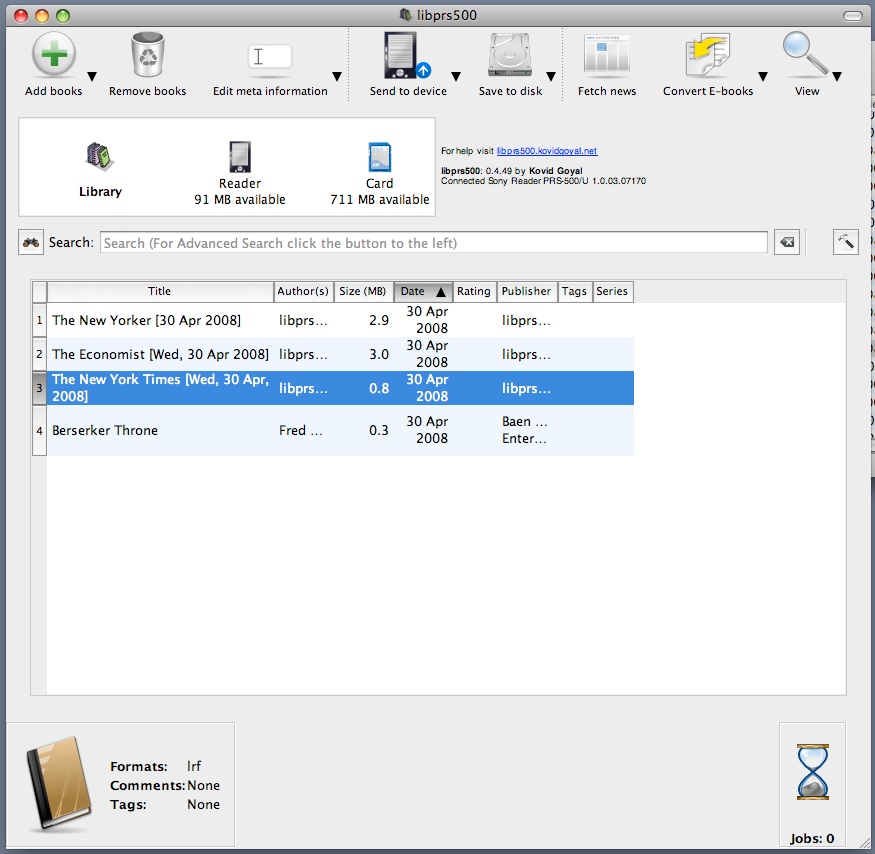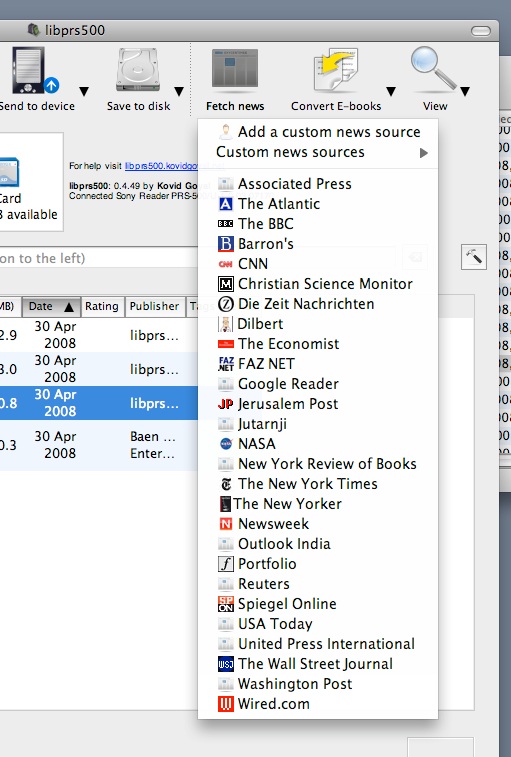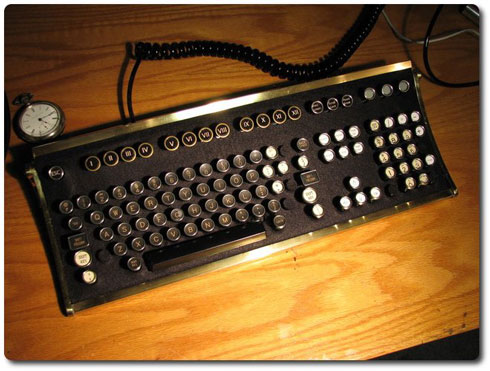
http://steampunkworkshop.com/keyboard.shtml
Finally, at last, I have an identity. I know what I am. I am a steampunk. I discovered this through one of the New York Times’ blogs.
How do you know if you’re a steampunk? If you do your laundry (as I have been doing) with buckets and a washboard and hang it up to dry, but you also have an iMac and are tempted to get an iPhone. If you want a house (as I do) with a gothic design, but you also want it to be as green as possible. If you want a real keyboard for your iMac, something like you might have found on an IBM terminal in 1972. If you understand that analog technology can never be made obsolete by digital technology, no matter how many smarty-pants young techies think otherwise (leave a comment and bring it on, if you dare, smarty-pants young techies).
As documentation of my steampunk credentials, below is a photo of today’s laundry and my iMac.
Actually I’m going to go ahead and respond to the smarty-pants young techies who think that analog technology has been made obsolete by digital technology. Your Wifi router, and your cell phone, use digital forms of signal modulation, but the underlying transmitters and receivers are analog, since radio waves are, and will forever be, analog. Your audio system may use digital sampling and recording methods. But your amplifier is, and will remain, an analog device, because sound waves are, and will forever be, analog. Your eardrum is an analog device. Physics and engineering will forever need differential equations to calculate, say, orbits and trajectories. All those equations are analog. The universe is analog. Any digital system that wants to interface with nature must do so in an analog way.


